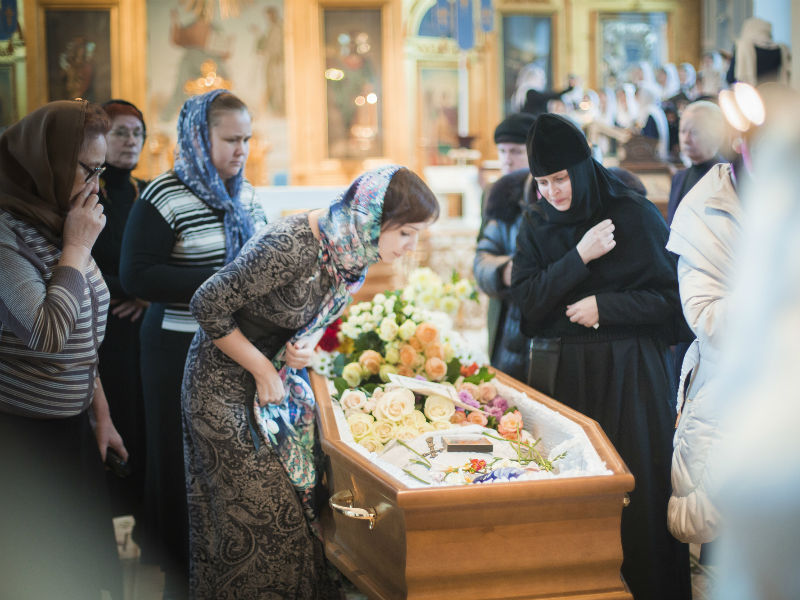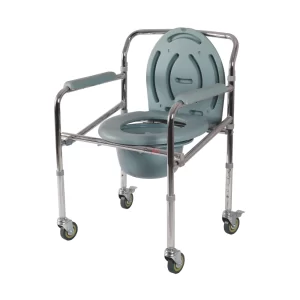
Many people today are selecting cremation services over conventional burials and for a good reason. Knowing the cremation process and what requires to be done before and after the cremation will assist you in deciding if this is the option either for yourself if you’re pre-planning your affairs, or for a loved one who has just recently passed away.
There are several reasons cremation might not only make sense, however why it might be a better choice over a standard burial.
Cremation cost compared to conventional funeral service costs is often a significant consider the choice to cremate, particularly with the rising expenses of a full traditional funeral service and burial where the deceased had no insurance to help settle the costs. In this instance, the cremation process may be easier on the pocket and a good alternative for families looking for cheap funerals in Sydney .
The decision might also come from how one died. If the departed met a regrettable end due to a deadly mishap, the body might not be suitable for public watching; even by the closest immediate household, it only may be too terrible, and the funeral house may suggest cremation in this instance.
In some cases, it’s just an emotional choice made by the deceased before their death. Alternatively, potentially the dead and their household desire services to be as small and private as possible and have chosen that a memorial service later on after the cremation remains in ideal order.
Direct Cremation versus Standard or Traditional Cremation
Many families still elect to have a traditional viewing and funeral service before the deceased being cremated. In this case, the body will be embalmed and prepared for the watching and will be cremated later.
If the family has picked direct cremation in Sydney , the body is not going to be dealt with the very same way as if it was going to be set out for a public watching and individuals must know this ahead of time.
If the household wants a private watching of the departed before the cremation procedure, they need to know that the body has not been embalmed or comprised and will remain in the very same state as when it left the morgue.
Whatever the reasons behind the choice to cremate the departed, it’s best to understand the process of the cremation.
The Cremation Process
After the deceased body has been processed in the morgue (autopsy and identification), the body can then be moved to a crematorium. It is essential that during the last viewing of the body that all non-organic carries out such as pacemakers, dental work, precious jewellery and the like be removed from the body. It is likewise essential that the funeral director or crematory director is told of any implants such as knee or hip replacements or any other kinds of metal inside the body that need to be eliminated.
The crematorium has a big incinerator where the deceased body will be burned at temperature levels of up to 1800 degrees Fahrenheit for anywhere from one to three hours, depending on the size of the body, will be burned down to ashes. Some bones will remain after the process and will need to be crushed then added back to the remainder of the ashes.
The ashes can be placed into an urn where it would no longer be disturbed in the future. Alternatively, the ashes can be scattered to the wind depending according to the wishes of the deceased.


